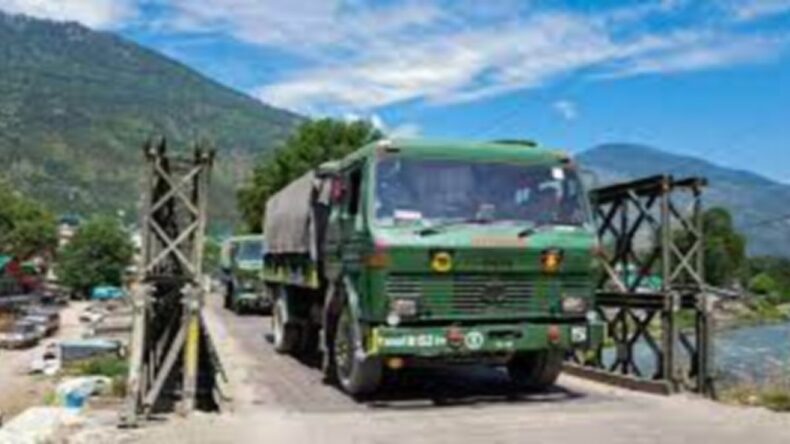The 13th round of discussion between India and China at the Corps Commander level is scheduled for Sunday. The aim is to try and resolve the military standoff in eastern Ladakh. According to Army chief General MM Naravane, China has built infrastructure in its part of the region, which means that “they are there to stay”.
Since the Chinese crossed the LAC in May 2020, troops have disengaged on the north and south banks of Pangong Tso and Gogra Post, but they have not cleared at Hot Springs. China has also prevented Indian soldiers from reaching traditional patrolling points on Depsang Plains within sight of the strategic Indian outpost at Daulat Beg Oldie near the Karakoram Pass in the north.
In India, Lt Gen PGK Menon, commander of the XIV Corps based in Leh, will lead the team to the Chinese side of the Chushul-Moldo border personnel meeting point. Commander of the South Xinjiang Military District, Major General Liu Lin, will show the Chinese side.
Arunachal Pradesh and Ladakh are two of the regions of China that are facing infrastructure investments. Through transgressions in the mid-and east-eastern sectors, it is testing India’s preparedness.
What is the ‘Line of Actual Control’?
It is the boundary that separates Indian-controlled territory from Chinese-controlled territory. India estimates the LAC to be 3,488 km long, while China believes it to be 2,000 km long.
There are three sectors of the state,
– The eastern sector stretches from Arunachal Pradesh and Sikkim
– The middle sector extends from Uttarakhand and Himachal Pradesh
– The western sector is in Ladakh.
In Arunachal Pradesh, a near-crash in Tawang last week after Indian troops confronted over 150 Chinese troops. Despite a tense situation, local commanders stepped in to control the situation. At Barahoti in Uttarakhand, nearly 100 Chinese soldiers entered Indian territory last month.
General Naravane declared at the India Today Conclave last Saturday that both countries had developed infrastructure in the region. The Ladakh border is on the western side of the LAC – for the additional troops and military equipment brought in last year.
The LAC in eastern Ladakh will resemble the Line of Control with Pakistan but won’t be as active as the LoC.
“It is a matter of concern that the large-scale build-up, which had occurred, continues to be in place. And to sustain that kind of build-up, there has been an equal amount of infrastructure development on the Chinese side.”
“It means that they are there to stay,” Naravane said. “But if they are there to stay, we are there to stay too. And the build-up on our side, and the developments on our side, are as good as what PLA has done.”
He said India is “keeping a close watch on all those developments”. Suppose Chinese troops continue to stay there for a second winter. In that case, he said, it will “definitely mean that we will be in a kind of LC situation” though “not an active LC as is there on the western front”.
He said, “definitely we will have to keep a close eye on their troop build-up and deployments to see that they don’t get into any misadventure once again”.
During the past year, India and China sent more troops and military equipment to the region. A significant number of them remained deployed during last year’s harsh winter in Ladakh. Both sides have around 50,000 troops on the ground.
Although China’s intervention in eastern Ladakh last year is still a mystery, “whatever it might have been, I don’t think they have been able to achieve any of those aims because of the rapid response by the Indian armed forces.”
According to the Chinese Ministry of External Affairs, the massive Chinese build-up and noncompliance with various protocols put in place had triggered everything that had followed. Throughout the years, the Army has recognized that ISR has an essential role in its modernization strategy.












